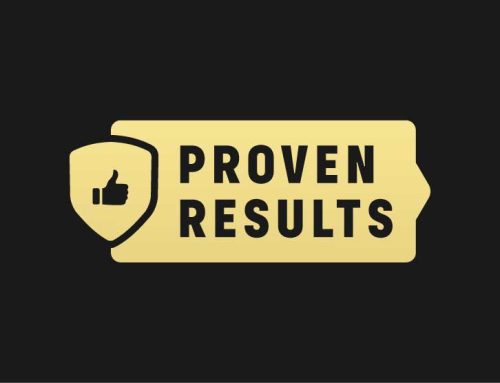In a pivotal move, the United States Patent and Trademark Office (USPTO) has issued a Notice of Proposed Rulemaking (NPRM) aimed at refining the process related to terminal disclaimers used to address nonstatutory double patenting issues. This proposed rule is designed to not only streamline patent dispute processes but also to reduce the litigation expenses associated with challenging patents that are merely patentably indistinct variations of a single invention.
Understanding Nonstatutory Double Patenting
Nonstatutory double patenting, often referred to as “obviousness-type double patenting,” arises when an inventor or patent owner attempts to extend the patent exclusivity term through multiple patents with claims that are not substantially different from one another. Currently, the USPTO mitigates this by requiring terminal disclaimers that tie the enforceability of such patents together, preventing patent term extension beyond the term of the original patent. This practice ensures that the patent system incentivizes innovation while providing certainty to competitors and the public.
The Proposed Rule: A Strategic Shift
The new rule proposed by the USPTO introduces a third condition to the existing framework. Specifically, to overcome double patenting, a patentee must now agree that the enforceability of a patent under a terminal disclaimer is contingent upon the patent never having been tied, through a terminal disclaimer, to another patent where any claim has been definitively ruled unpatentable or invalid over prior art. This change aims to prevent the enforcement of patents that have been indirectly invalidated, thus reducing unnecessary litigation costs and focusing disputes on more substantive issues.
Benefits of the Proposed Rule
The implications of this rule are significant:
- Reduced Costs: By eliminating the need to challenge each patent in a group of related patents separately, the overall cost of patent litigation could decrease.
- Streamlined Disputes: The rule would simplify patent disputes by narrowing the issues related to validity that need to be addressed.
- Increased Certainty: Competitors and the public will benefit from clearer guidelines regarding the enforceability of patents, particularly those linked through terminal disclaimers.
Public Participation and Prospective Application
The USPTO is currently soliciting comments on this proposed rule. Stakeholders are encouraged to provide feedback, particularly on how the rule might impact current practices and what additional support might be needed from the USPTO. The proposed rule will apply only to terminal disclaimers filed on or after the effective date of any final rule, ensuring that current patent strategies are not retroactively affected.
Conclusion
This NPRM represents a thoughtful and balanced approach to refining the patent system to further promote innovation and competition, as emphasized by Kathi Vidal, Under Secretary of Commerce and Director of the USPTO. Stakeholders in the intellectual property community are invited to review the full text of the notice on the Federal Register and the USPTO’s Patent Related Notices webpage and to submit their comments by July 9 through the Federal eRulemaking Portal.
This proposed rule underscores the USPTO’s commitment to enhancing the robustness of the U.S. intellectual property system, ensuring it continues to drive innovation and maintain global competitiveness. As a Fort Lauderdale patent attorney with the firm, specializing in patent law, staying abreast of these changes is essential for advising clients effectively and aligning patent strategies with the evolving legal landscape.








